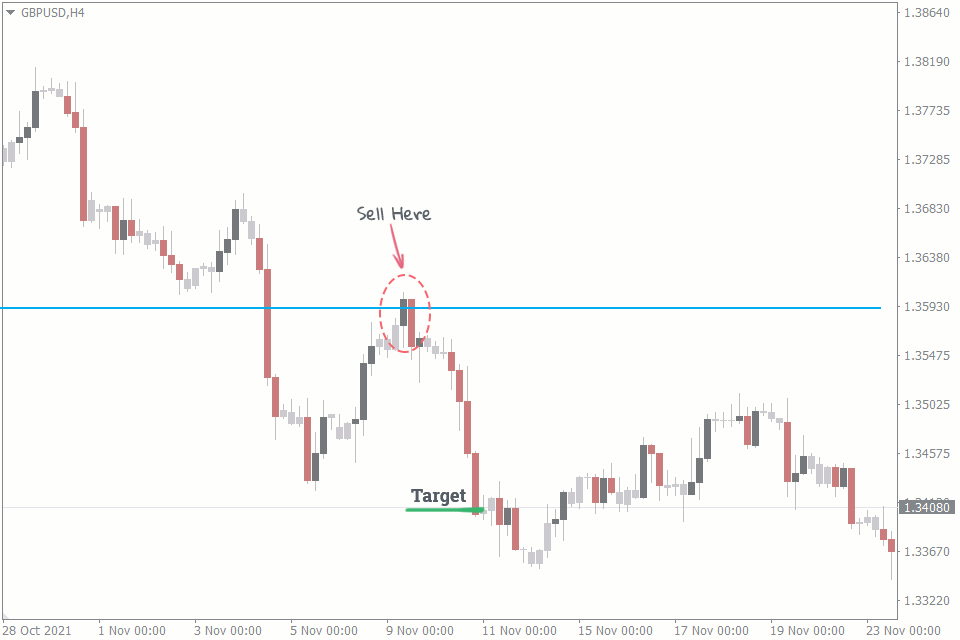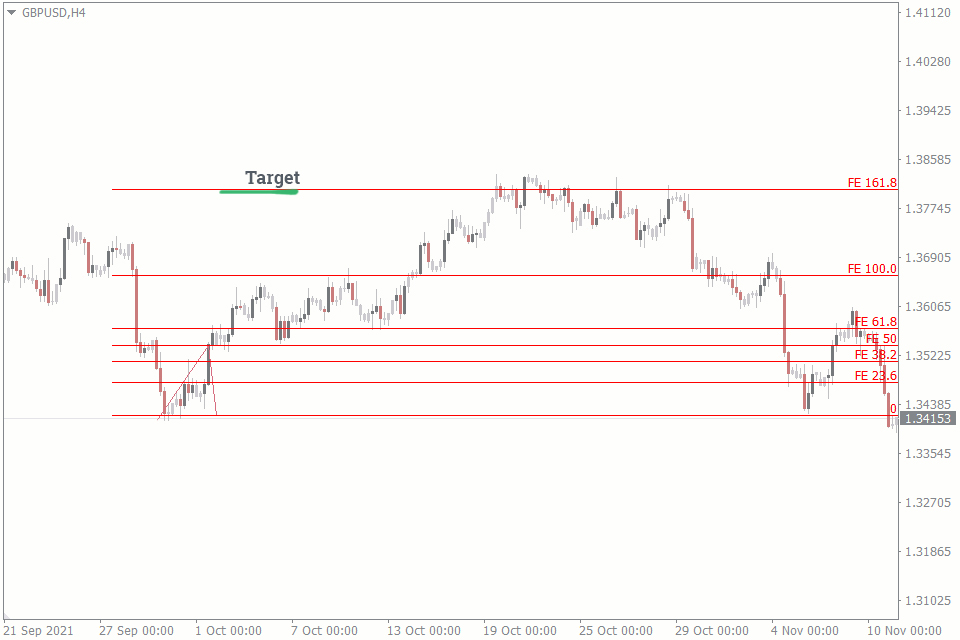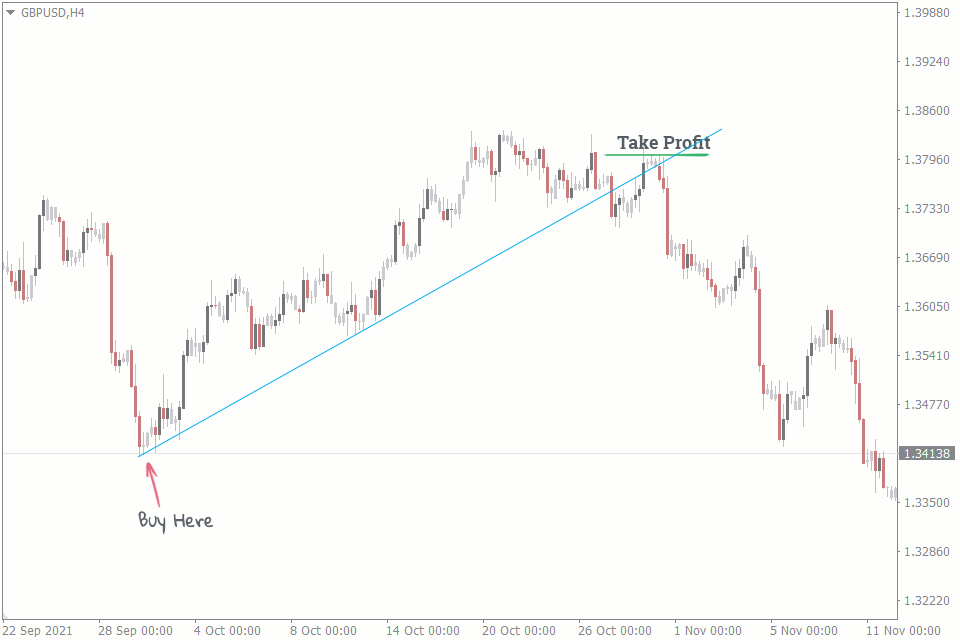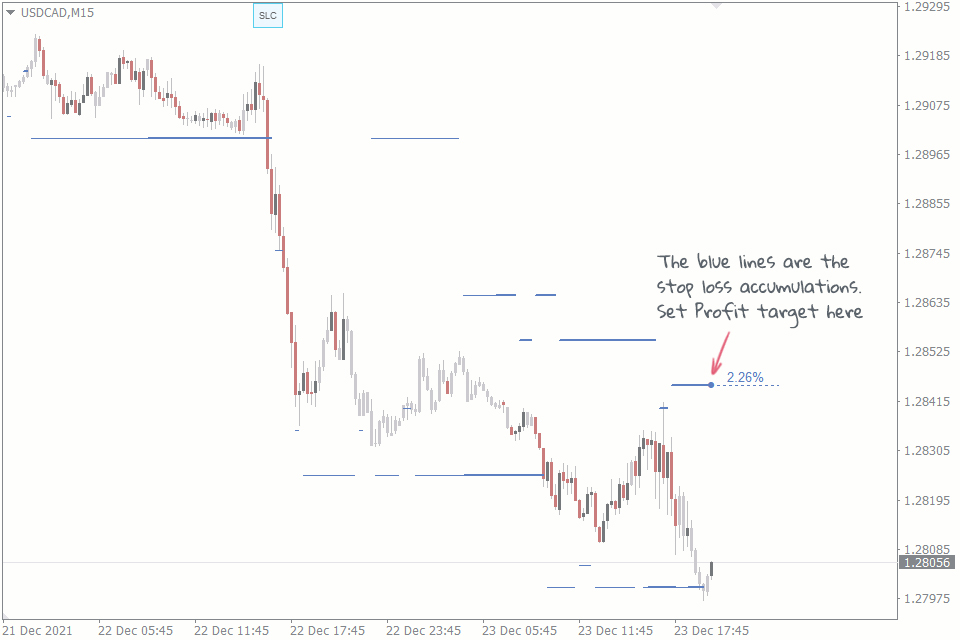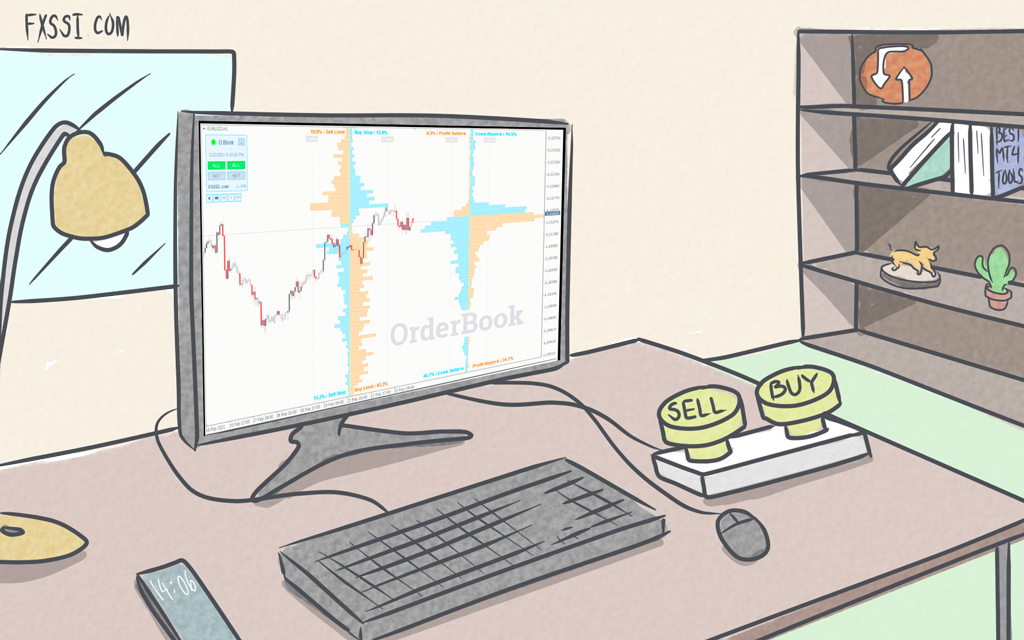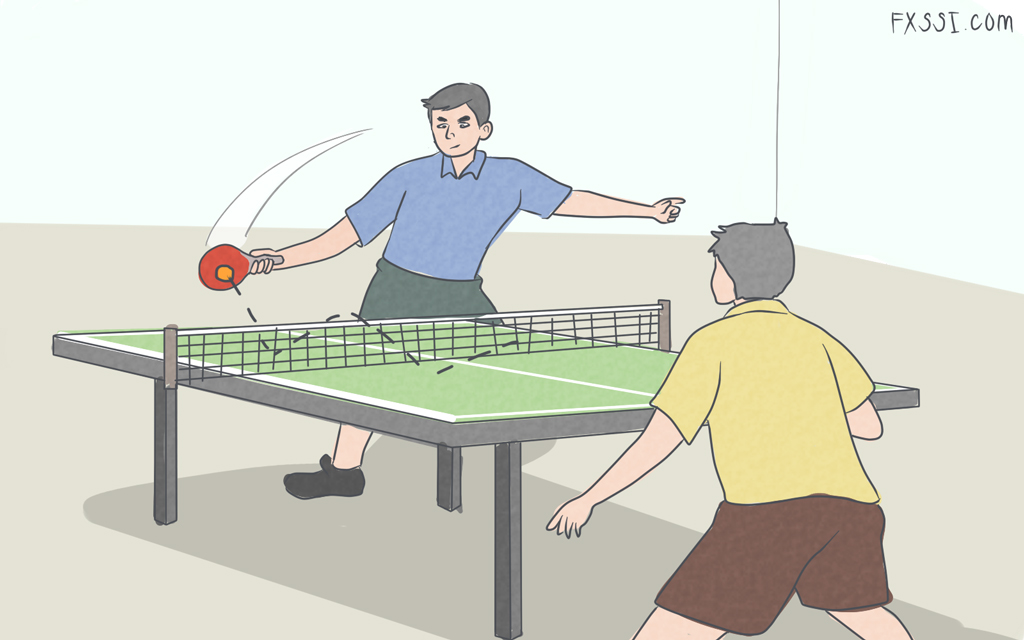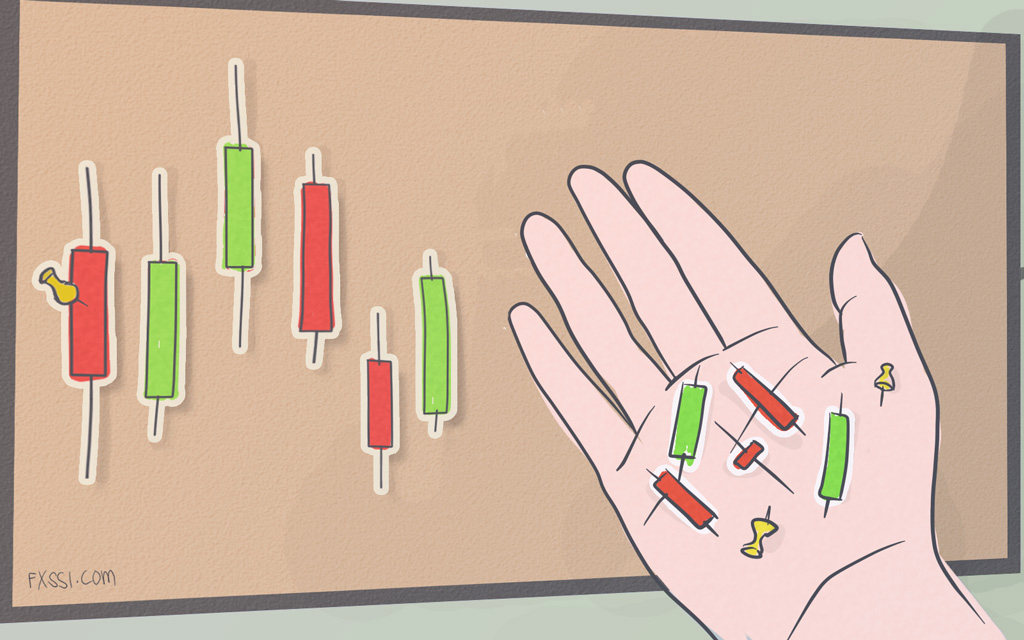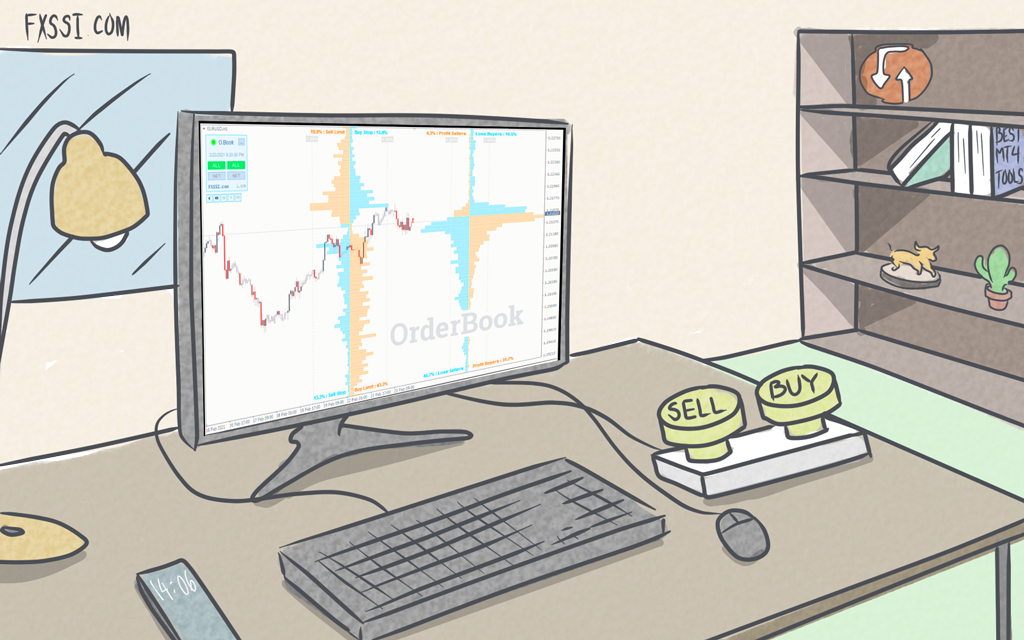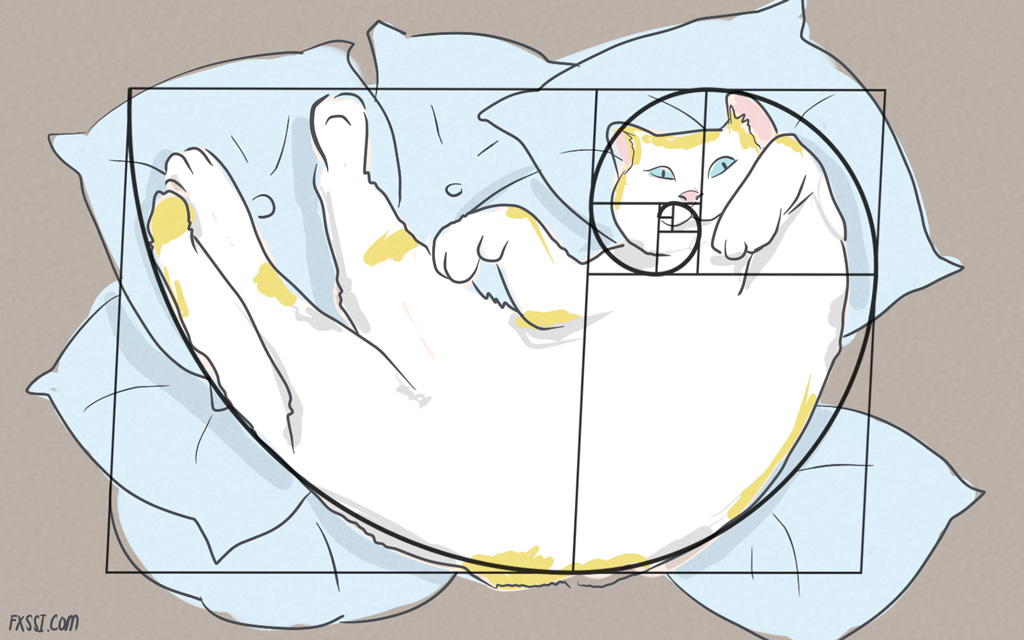How to Set Targets in Forex and Lock In Your Profits
Forex trading is all about timing. You time your trade entries and exits. You set stop losses to exit bad trades and profit targets for good trades.


In a previous article, we discussed the best ways to set stop losses and quit a trade when it’s not going in your direction. Here, you’ll learn when and where to set your take-profit levels to secure some or all of your gaining trades.
Apart from helping to secure your profit, setting targets is also important because it enables you to eliminate emotions from your trading. For example, you don’t get greedy and not end the trade while you are on top.
Without further ado, let's get into the seven common ways to set profit targets on your forex trades.
Support and Resistance Levels
Have you heard the phrase, “the price moves within supports and resistances”? Well, it appears to be mostly true. And that is why you can set your profit targets using it. But how?
You choose one of the closest support or resistance levels as your profit target. In the image below, the trader opens a trade at a resistance level and takes their profit at the support level.
The auto support and resistance indicator can be a helpful tool for this strategy (and was used in the image above), as it automatically displays the support and resistance levels on your chart.
Risk-Reward Ratios
If you’ve been to any forex academy or any forex training course, sticking to a risk to reward ratio is most likely going to be one of the risk management tips you must have received.
Risk-reward ratios help you have predetermined stop loss and profit targets, depending on how much you’re willing to risk to make a particular amount of profit. For instance, a risk-reward ratio of 1:2 means you’re risking a specific number of pips to make double. This makes a lot of sense, as it helps you trade objectively without making emotion-inspired decisions.
Projections Based on Chart Patterns
Forex has many chart patterns. And often, these patterns have their predesignated take profit targets.
Take the Heads and Shoulders pattern, for instance. Once it forms on the chart, you measure the vertical length from the base to the top of the Head. This number of pips is where you set your profit target.
Partial Trade Closing
What if you think there might be a long trend ahead and you don’t know where exactly to place your profit target? This is where partial trade closing comes in.
Partial trade closing allows you to take some profit off the trade while you leave some to continue to ride the trend in your direction. Here’s how to do it:
Set your first profit target using any of the strategies we’ve discussed above. And when the price hits this profit target, take a percentage of your profit off the trade. Then move your stop loss to breakeven or anywhere close to your target.
Moving your stop loss to breakeven and away from the negative side assures you never lose a trade you already won.
How then do you know when to finally secure all your profit and quit the trade? You may use any of the strategies above to set your terminating price target, or you may refer to the next strategy below.
Trailing Stop Loss
This method is very similar to the partial closing strategy above. The difference is that after the price hits your first target, you set a trailing stop loss.
The placement of your trailing stop loss depends on you and your trading strategies. But the general rule is that you never set your trailing stop loss too close to the price. This way, the market has enough space to make a temporary pullback before going in your direction again.
Fibonacci Extensions
Fibonacci extensions use calculations based on the Fibonacci sequence to show potential profit target levels. They differ from Fibonacci retracements, which, in turn, show you where the price is likely going to pullback to.
When using Fibonacci extensions, you can set targets at each extension level and take some of your profits off the trade as the price hits your targets. Although the 161.8 Fibonacci extension level is one of the most commonly used for the first profit target, you can place yours even further.
Trend Riding
This profit target-setting strategy is best for trend traders who want to continue riding the trend as long as it exists. Here’s how to set your profit target using this strategy:
You draw your trendline and wait for the price to break out of it before you exit your trade. In other words, the breaking of the trendline is your target. But since you don’t know when this breakout will happen, you leave your trade open without any set profit targets.
This requires your utmost attention to the chart if you don’t want to miss your target levels.
Using the Stop Loss Clusters Indicator
The Stop loss clusters indicator shows you where a huge volume of forex brokers have set their stop losses. But why do you need this information?
The price tends to make quick pullbacks to these levels; it then catches the stop losses of these traders and forces their trades to quit.
You can use this information to place your stop losses in better positions when you have the tool to tell where traders may get stopped out prematurely. You can then avoid getting caught with your pants down when the price hits the stop losses of others.
But how do you use the stop loss cluster to set profit targets? You place your profit targets at stop-loss cluster levels in the direction of your trade, as in the image above.
Conclusion
This article would be incomplete if we didn’t remind you that the primary reason for setting price targets, apart from locking in profits, is to eradicate emotions from your trading.
Emotions could cause you to make the wrong trading decisions that could cost your entire capital. But these targets can only help you if you allow them to. Never move your profit target levels when you don’t have a solid technical or fundamental reason to do so.

